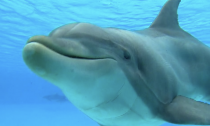
Scientists working with dolphins at a marine park near Paris have attempted to measure how the animals feel about aspects of their lives in captivity.,In what researchers say is the first project to examine captivity “from the animals’ perspective”, the team assessed what activities dolphins looked forward to most. They found that the marine mammals most keenly anticipated interacting with a familiar human.
The results, they say, show that “better human-animal bonds equals better welfare”.
The study, published in the journal Applied Animal Behaviour Science, was part of a three-year project to measure dolphin welfare in a captive setting.
Lead researcher Dr Isabella Clegg worked at Parc Astérix, a theme park with one of France’s largest dolphinariums.
With colleagues at the University of ...
Read More




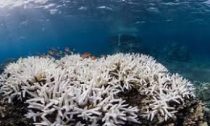
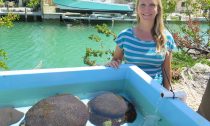
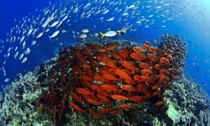
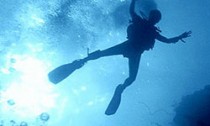
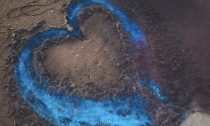
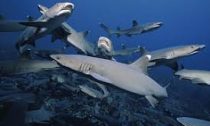


Social Profiles